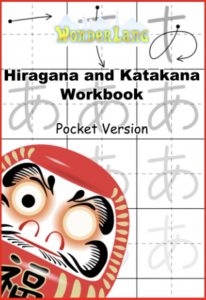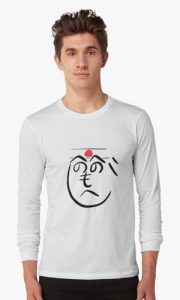Hello,
In this new lesson of the Learning Japanese series, we will introduce the Japanese adjectives and show you how to build simple negative sentences around them.
First, as this lesson will again be based on what we have shown in our previous lessons, I would advise you have a look at them first if you haven’t yet:
- Lesson 1: Simple sentence using …です。
- Lesson 2: Simple question using …です か。
- Lesson 3: Negative sentence using …では ありません。
Alright, now let’s have a look at Japanese adjectives through some example sentences:
あかい です。 – It is red.
たかい です。 – It is high/tall/expensive.
かんたん です。 – It is easy.
きれい です。 – It is pretty/clean.
From observation, you can surely identify that many of these adjectives end with an い. And this observation is correct, there are two types of adjectives in Japanese:
- i-adjectives, which end with an い,
- na-adjectives, which can end in anything, even an い, and will take an additional な when associated with a noun.
Here are some examples of these adjectives associated with names:
あかい くるま です。 – It is a red car.
たかい いえ です。 – It is an expensive house.
かんたんな ほん です。 – It is an easy book.
きれいな ひと です。 – It is a pretty person.
These two types of adjectives have really different behaviour and it will be important for you to know what type of adjective you are using to build you sentences correctly.
Let’s for instance see the negative forms of the sentences above:
あかい です。 ⇒ あかくない です。 – It isn’t red.
たかい です。 ⇒ たかくない です。 – It isn’t high/tall/expensive.
かんたん です。 ⇒ かんたん では ありません。 – It isn’t easy.
きれい です。 ⇒ きれい では ありません。 – It isn’t pretty/clean.
As you can see, with an i-adjective this is the adjective itself that takes the negative form. This negative form is simply built by replacing the final -い by -くない.
na-adjectives on their side will behave more like noun, and the negative form will be built by replacing です by では ありません.
Now that you have seen how the negative form of an adjective is built, let’s practice it!
Exercise 1:
Put the following sentences at the negative form:
やすい です。 – It is cheap (i-adj).
あおい です。 – It is blue (i-adj).
かんたん です。 – It is easy (na-adj).
ゆうめい です。 – It is famous (na-adj).
 |
Corrections:
やすくない です。
あおくない です。
かんたん では ありません。
ゆうめい では ありません。
Exercise 2:
Make a positive and a negative sentence with the following adjectives and nouns:
ゆうめい – famous (na-adj), ひと – person
たかい – expensive (i-adj), くるま – car
あかい – red (i-adj), くつ – shoes
きれい – pretty, clean (na-adj), へいや – room
Corrections:
+: ゆうめいな ひと です。
-: ゆうめいな ひと では ありません。
+: たかい くるま です。
-: たかくない くるま です。
+: あかい くつ です。
-: あかくない くつ です。
+: きれいな へいや です。
-: きれいな へいや では ありません。
Exercise 3:
Answer the following questions by “No it isn’t A, it is B.”:
あかい です か。 – It is red.
A: あかい (i-adj), B: あおい – blue (i-adj)
かんたん です か。 – It is easy.
A: かんたん (na-adj), B: むずかしい – difficult, complex (i-adj)
きたない へいや です か。 – It is a dirty room.
きたない (i-adj), きれい – pretty, clean (na-adj)
 |
 |
 |
 |
 |
|||
Corrections:
あかい です か。
いいえ、 あかくない です。 あおい です。
かんたん です か。
いいえ、 かなたん では ありません。 むずかしい です。
きたない へいや です か。
いいえ、 きたなくない (へいや) です。 きれい(な へいや) です。
In this last answer, indicating へいや (room) is optional in either clauses, but if you add it in the second one don’t forget the な.
Here is the end of this lesson. Do not hesitate to comment if you have any question, or to share if you liked it.
See you soon,
Stéphane
Follow us:
